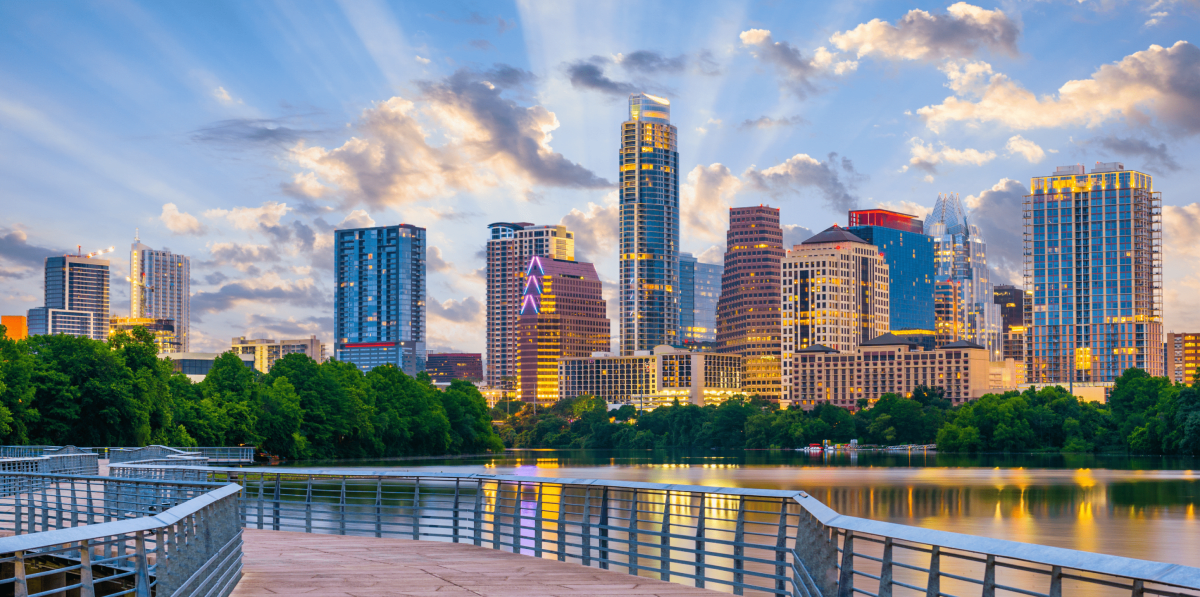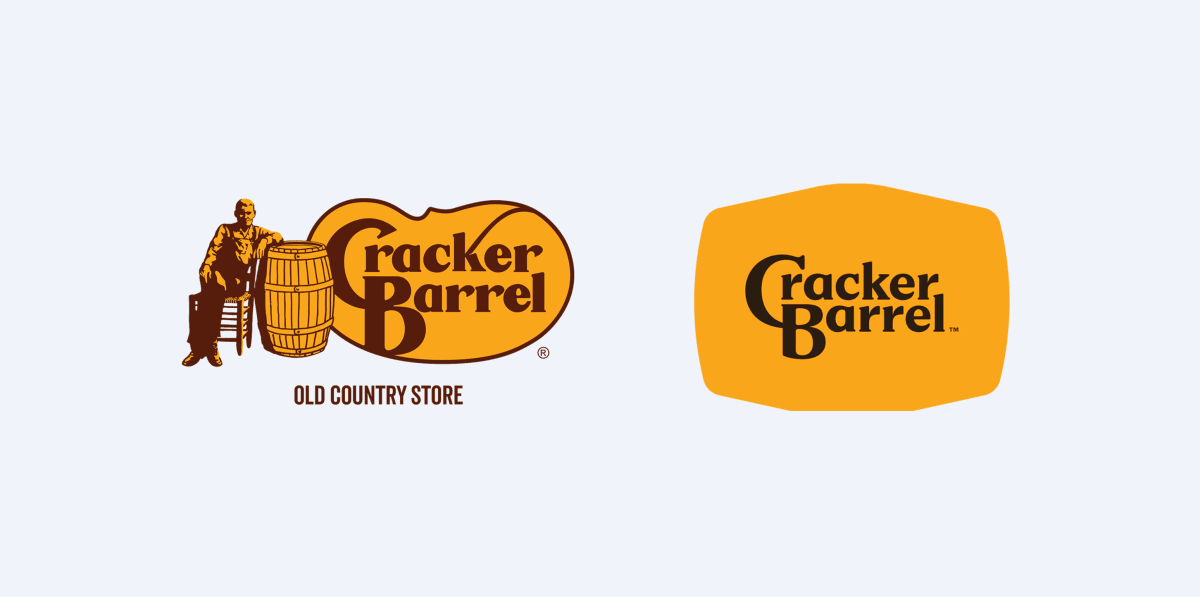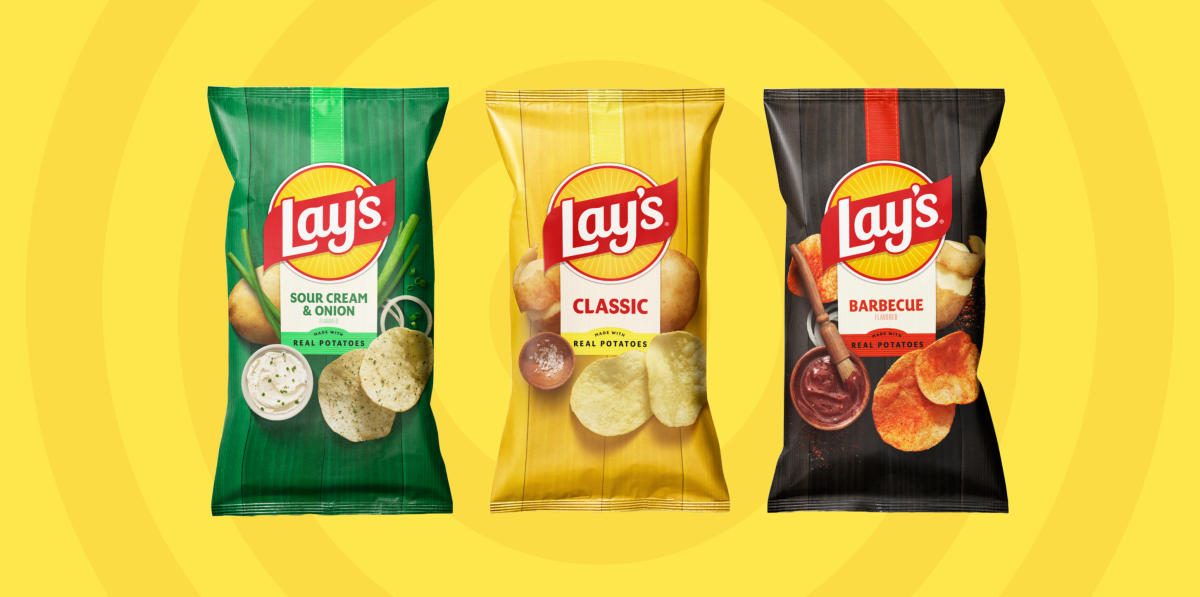From Fortune 500 companies to small towns, everyone wants a fresh identity. Cities are no exception.
But what happens when a city spends more than a million dollars on a rebrand only for its people to hate it?
That’s exactly what happened in Austin, Texas.

Austin’s $1.1 Million Rebrand:
Austin has always been celebrated for its creativity, culture and signature quirkiness. Its slogan, “Keep Austin Weird,” was a part of the city’s personality.
Earlier this year, the city introduced a new logo. The design featured clean lines in shades of green and violet, meant to symbolize Austin’s rolling hills and violet sunsets. But instead of admiration, it sparked outrage.
Residents flooded social media with criticism — some said it looked like a “waste management company logo,” while others joked it resembled something made in PowerPoint.
The real shock came when people learned the price tag: $1.1 million. Even city council members questioned whether it was worth the expense.
One viral comment summed up the frustration perfectly: “ChatGPT could’ve done this for free.”
Why Cities Choose to Rebrand:
Like people, cities evolve. Populations grow, industries shift and tourism trends change. To stay relevant, cities attract new talent, investments and visitors.
But a city’s brand is much more than a logo. It’s the story people tell about it, the feelings it evokes and the pride its residents carry. That’s why rebrands can be so controversial.
Lessons from Vegas and New York:
Some cities, though, manage to get it right.
Take Las Vegas. The city has reinvented itself multiple times, but each new iteration retains its signature energy. Its slogan, “What happens here, stays here,” became legendary because it captured the essence of freedom, excitement and perhaps a hint of mischief.
Even when Vegas updated it to “What happens here, only happens here,” the spirit remained the same.
Then there’s New York, the I ❤️ NY logo. After the pandemic, NYC Tourism decided to give it a modern touch by incorporating all five boroughs. But instead of outsourcing it to a big agency, the redesign was done in-house. It felt authentic and rooted in the city’s real story — and that’s why it worked.
When Small Towns Get It Right:
Sometimes, it’s not the big cities with million-dollar budgets that create the best branding. It’s the small towns that rely on wit and authenticity.
Take Gas, Kansas — “Don’t pass Gas, stop and enjoy it.”
Or Gettysburg, South Dakota — “Where the battle wasn’t.”
And Santa Claus, Georgia — “The city that loves children.”
These towns leaned into what made them unique, using humor and honesty to stand out. That’s real branding.




